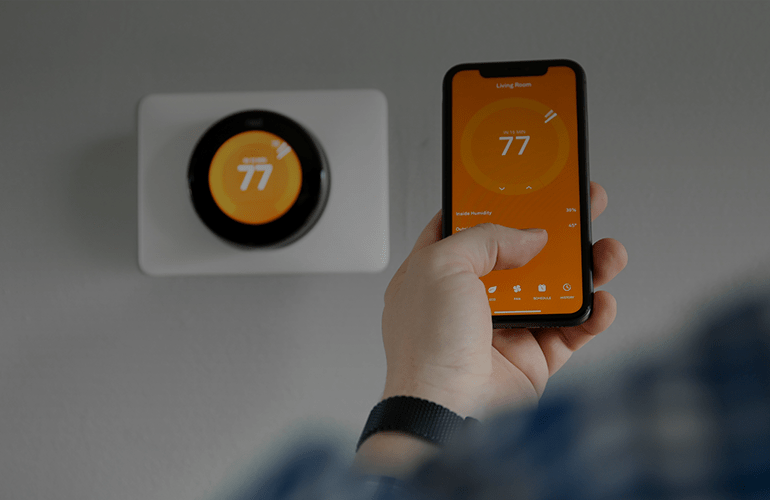
Compatibility testing: 5 key tips to ensure high quality of mobile apps
The DCI study shows that 62% of surveyed people delete an app when encountering any defect in production. Probably, you’ve deleted one this month. No time for bad things, right?
What’s more, the total number of downloaded mobile software reached 218 billion in 2020 while it was 204 billion in 2019. The growth is tangible, just like the competition in the market.
This means companies reinforce their business strategies with mobile apps QA to win the race while introducing various testing types, compatibility testing included.
Alongside a high demand on cybersecurity, performance, automated testing, and others, compatibility checks join the range of mission-critical QA activities that help prevent poor user experience.
In the article, discover the importance of compatibility testing and learn 5 tips to bear in mind to ensure flawless software operation against different devices and platforms.
Compatibility testing: superhero of mobile software
The success of an application. What’s that? The ability to withstand heavy load, strong protection of sensitive data, overall efficiency, and many more. Once having covered all critical bottlenecks, companies are likely to expand their customer base and improve brand image.
Just imagine that the number of gadgets is extremely increasing and is expected to reach 18.22 billion by 2025.

Source: Statista
Within today’s wide variety of devices, browsers, platforms, and other software and hardware parameters, the risks of defects on different gadgets and configurations are pretty high. To minimize the threats, forward-looking companies implement compatibility testing while avoiding issues that affect the functional capabilities of the app, its performance, and navigation.
Compatibility testing: Top 5 tips to keep in mind
When it comes to compatibility testing, it engrosses thousands of checks to perform. However, it’s impossible to verify all existing combinations. Before embarking on testing activities, the first thing to do is thoroughly analyze the target audience, existing users as well as markets, popular gadgets, product specifics, and business objectives. Having performed this analysis, you may set up the priorities to prevent extra checks and budget loss.
Let’s have a look what tips to bear in mind to bring your software quality to the next level.
1. Operating systems
Well, Android and iOS are the most popular OSs, but there are not the only ones among OSs to be used by the target audience. Each year (or more often sometimes), operating systems are updating while requiring refreshening test cases and constantly monitoring the most popular versions among end users.
2. Browsers
It’s hard to say the exact number of existing browsers as well as predict which one’s customers use the most. You have your analytics, but it’s still unfeasible to check the software behavior against ALL browsers and their available versions. Thus, performing the tests against the most popular browsers and conducting testing on other less pervasive ones would be a win-win decision.
3. Hardware
Smartphones and tablets of all shapes and sizes, different hardware components included, are everywhere. RAM, the CPU power, its number of cores, and others vary notably while affecting software functioning against a range of devices.
Let’s take this example. “Jack and Co” are developing a mobile app with built-in fingerprint sensors features. Considering that not every end user possesses a gadget with such hardware specifics, we’d say it’s vital to adapt the feature to non-fingerprint-enabled devices or make sure that the app operates smoothly against them.
4. Screen resolutions
Within multiple screen resolutions of smartphones and tablets, the most pervasive one, 360×640, is used by 10.04% of people worldwide. However, your target audience is likely to go beyond this size and leverage many different devices requiring due attention to compatibility testing.
5. Configurations
Testing the software under different system configurations embraces a range of users’ settings, including system language, network connection, security permissions, and many more. The number of combinations reaches hundreds or thousands of tests, thus making the compatibility matrix an inevitable part of a QA process.
Let’s just state it here, comprehensive compatibility testing helps delight end users with stable apps working against pre-defined devices and settings while allowing companies to improve ROI, mitigate business risks, reduce QA costs, and speed up the velocity of software delivery.
Mobile app testing: real devices vs emulators/simulators
If you are looking for a one-size-fits-all solution, there isn’t one, as projects vary and have specific requirements, timelines, and budgets. These all are the factors of choice: test against real gadgets or harness an emulator/simulator.
A strong point of real mobile devices is verifying real-life scenarios like financial transactions, display of user interface, system settings, etc. Real devices don’t just provide the possibility to test everything in its current state and within end-user conditions but also show limitations that customers may encounter.
Compared with real devices, emulators/simulators are not so powerful despite their cost-effectiveness. They mimic real gadgets’ behavior with no ability to repeat hardware characteristics, thus increasing the risks of missing defects. It is important to select checks acceptable to simulators/emulators and must-have checks for real devices.
Finally, what to choose then depends on a bunch of factors. Sometimes a good practice is to combine them within the need to get the most of compatibility testing.
In a nutshell
Within a tremendous number of mobile apps and devices, competition in the market is becoming more and more rigorous.
Now, along with essential tests such as performance, cybersecurity, automation, and others, compatibility testing has turned into a requirement.
By applying comprehensive testing and verifying software compatibility with operating systems, browsers, hardware, screen resolutions, configurations, and much more, companies accelerate time to market, increase ROI, optimize QA budget, reduce business risks, and get other business values.
In case you need support on compatibility testing, reach out to our specialists to get a consultation.








